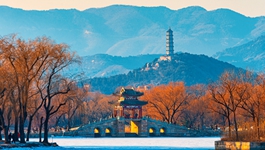Explore Beijing's Central Axis and Surrounding Attractions (I)
On July 27, Beijing's Central Axis was added to the UNESCO World Heritage List. What heritage sites are threaded together by this axis and what attractions are in the surrounding area?
Let's have a look.
Bell and Drum Towers
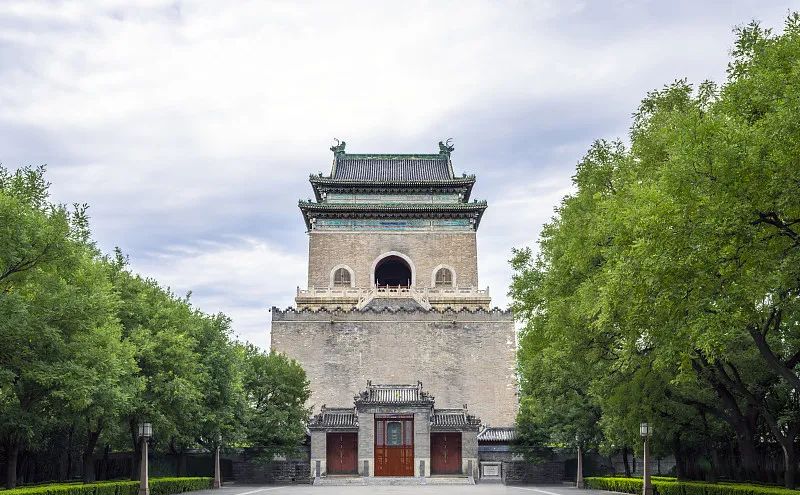
[Photo via VCG]
Located at the northern end of the Central Axis, the Drum Tower and Bell Tower served as the timekeeping centers for the entire city during the Yuan, Ming, and Qing dynasties. In the history of urban clock and drum towers, the two towers in Beijing are the largest ones with the most impressive structure and design. Today, the towers and their surrounding areas have evolved into a comprehensive cultural, artistic, and tourist destinations.
Attraction - Hong'en Taoist Temple
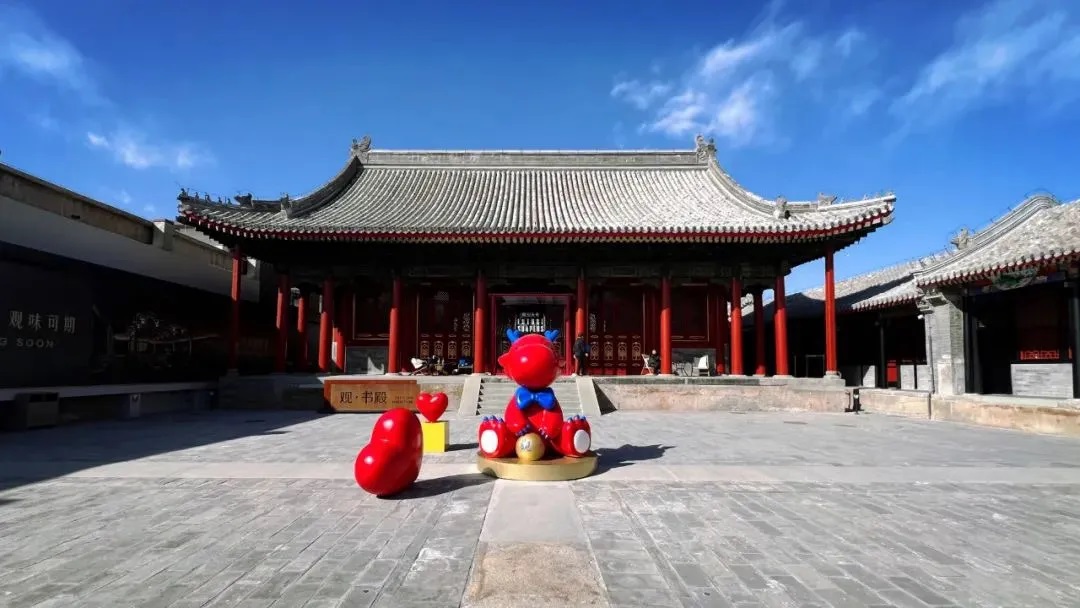
[Photo via the official WeChat account of Dongcheng District Convergence Media Center]
Situated to the north of the Bell and Drum towers, the 700-year-old Hong'en Taoist Temple was opened to the public this year. It now serves as a cultural venue for residents after years of functional transformation.
Wanning Bridge
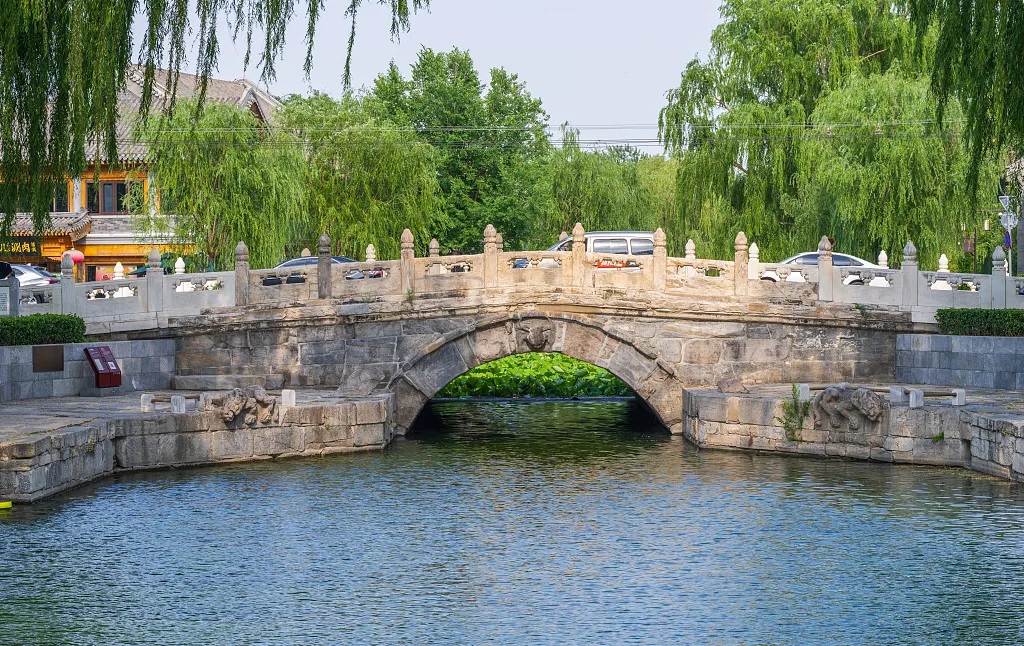
[Photo via VCG]
Wanning Bridge is located at the intersection between the Central Axis and the Grand Canal. Hailed as the "First Bridge of the Central Axis", it was built during the Yuan Dynasty and boasts the oldest existing ancient bridge along the Beijing section of the Grand Canal.
Attraction - Prince Kung's Palace Museum
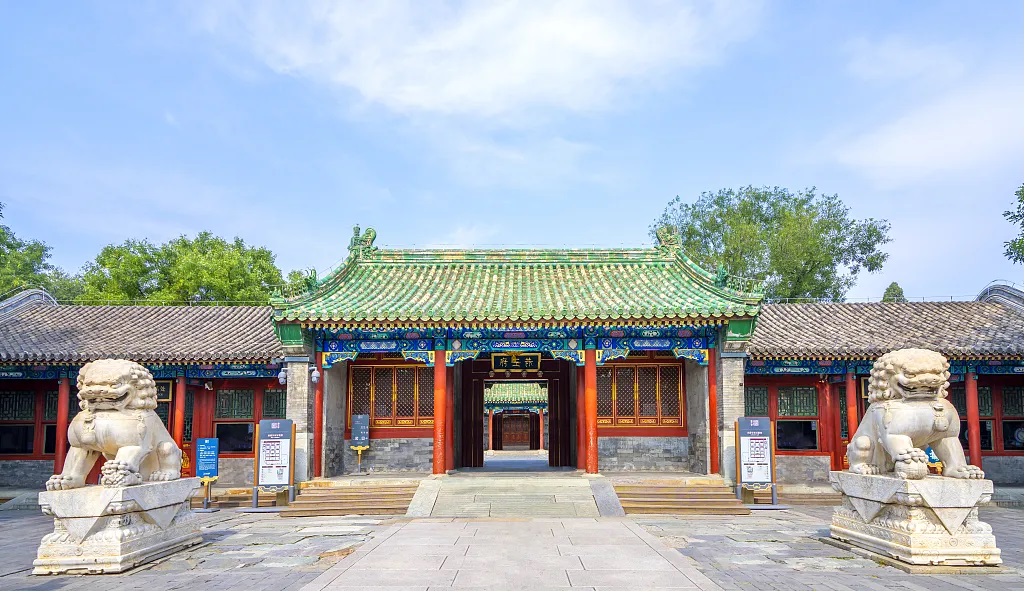
[Photo via VCG]
Prince Kung's Palace Museum is one of the best-preserved Qing Dynasty imperial mansions and the only one of its kind opened to the public in Beijing.
Jingshan Hill
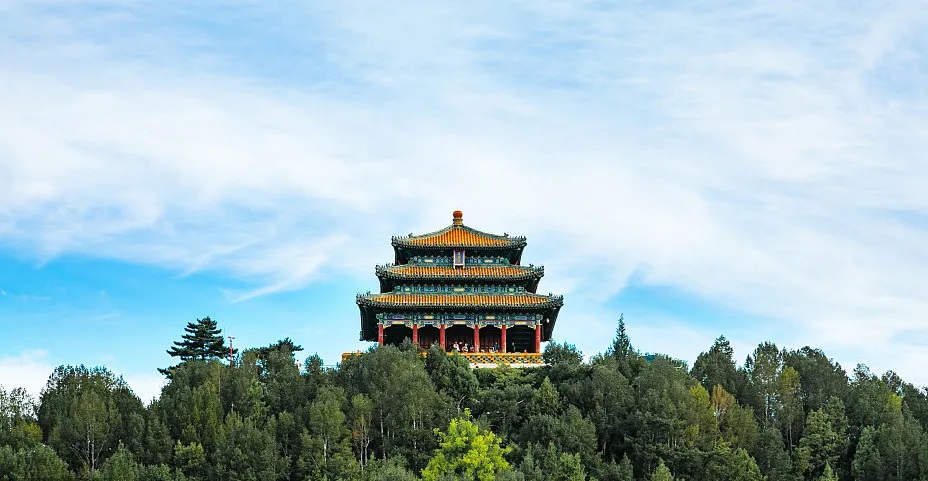
[Photo via VCG]
Attraction - Beihai Park
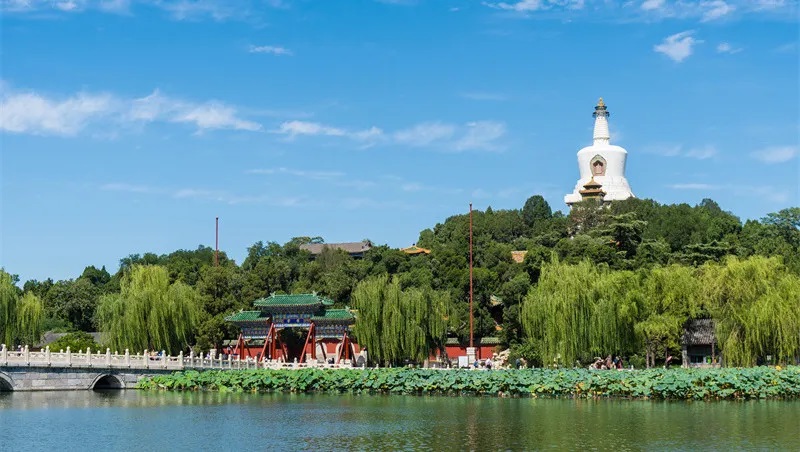
[Photo via VCG]
Beihai Park is the oldest and best-preserved, classical imperial garden in China, with the most profound cultural heritage.
Forbidden City
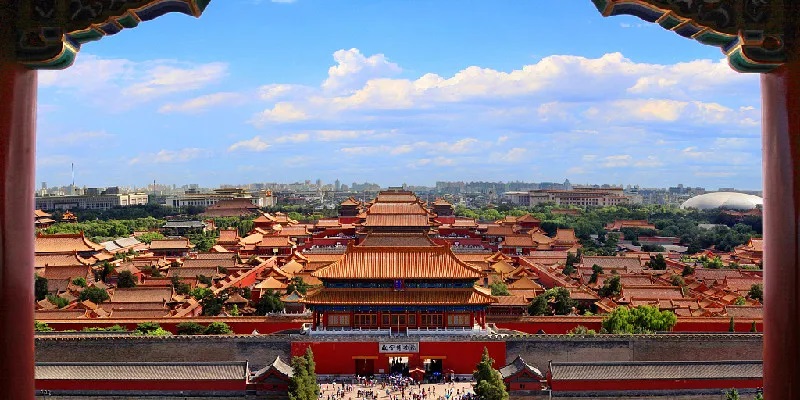
[Photo via VCG]
Covering approximately 720,000 square meters, the Forbidden City is one of the largest and best-preserved ancient wooden architectural complexes in the world. It is not only a treasure of the ancient Chinese architectural art but also a symbol of China's long history and rich cultural heritage.
Attraction - Nanchizi Art Museum
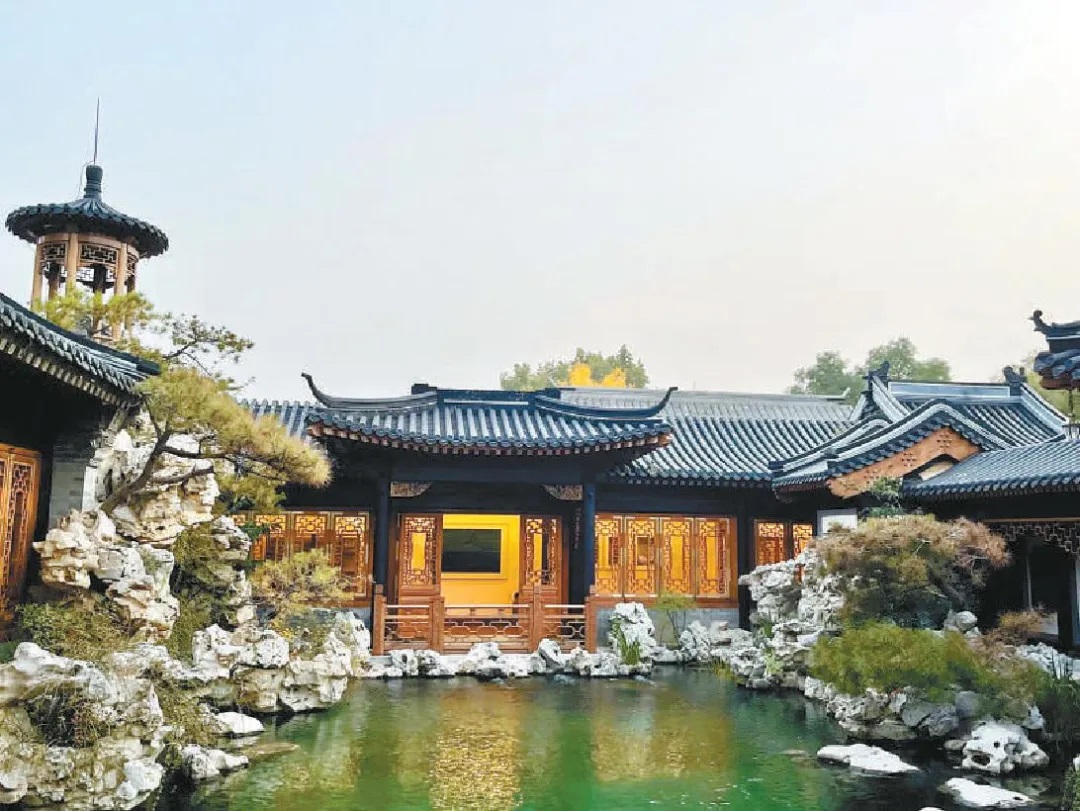
[Photo via Beijing Evening News]
Nanchizi Art Museum, located next to Donghuamen Gate of the Forbidden City, features a main building designed in the traditional Suzhou garden style. It also serves as an art space that meets international exhibition standards.
Duanmen (Gate of Uprightness)
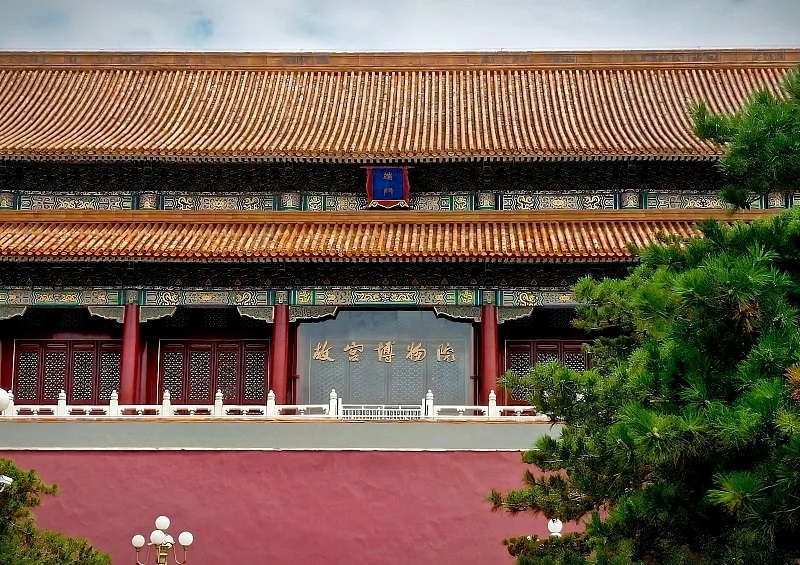
[Photo via VCG]
During the Ming and Qing dynasties, Duanmen served as both a storage area for imperial ceremonial items and a place for organizing the ceremonial arrangements. The chambers flanking Duanmen were where officials rested and waited before attending court.
Attraction - Huang Shi Cheng

[Photo via The Beijing News]
Huang Shi Cheng (Cheng (宬) refers to an ancient repository for books) was used during the Ming and Qing dynasties to preserve royal archives. It is also the best-preserved ancient imperial archive in China.
Tian'anmen
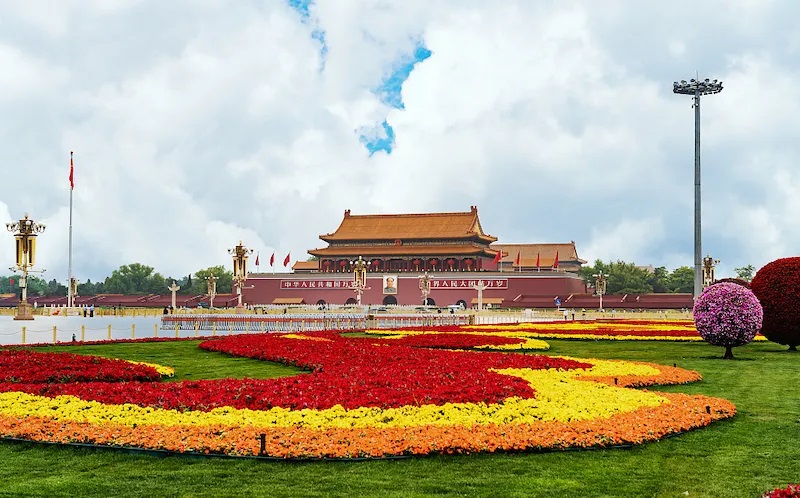
[Photo via VCG]
Tian'anmen was the main entrance to the imperial city during the Ming and Qing dynasties. As a key structure on the Central Axis, it is situated in the heart of Beijing, with the Outer Jinshui River encircling it to the south and the Tian'anmen Square in its front.
Attraction - Imperial City Wall Relics

[Photo via VCG]
The Imperial City Wall Relics, located on the east and west sides of Tian'anmen, are the remnants of the city walls of the Imperial City of Beijing during the Ming and Qing dynasties. They have a history of over 500 years.
Next time, we will continue to take you on a virtual tour to explore more heritage sites along Beijing's Central Axis and its surrounding attractions. Please stay tuned.
(Sources: Official WeChat account of Beijing Municipal Bureau of Culture and Tourism, the official WeChat accounts of the scenic spots mentioned in this article)



